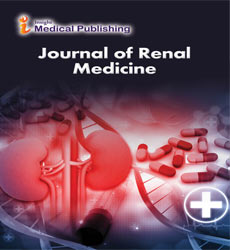Clinical and sociodemographic Renal Medicine Malignancies
Abstract
The National Cancer Database is a national level registry of deidentified patient clinical and sociodemographic data representing about 70% of cancer diagnoses and collected from about 1500 medical centers in the United States. We queried the database to identify all pediatric patients ≤18 years of age who received a primary diagnosis of CNS malignancy between 2004 and 2017. Patients were included for analysis if they received nonpalliative intent radiation therapy and were nonmetastatic at presentation. Additional clinical and sociodemographic data included tumor histology, radiation technique, year of diagnosis, age at diagnosis, race, ethnicity, insurance type, Charlson comorbidity index, distance from treatment facility, community type, and family income. Geographic region and type of treatment center (academic vs community) were unavailable as they are not coded for patients ≤18 years of age. Tumor histology was divided into low-grade glioma (LGG), high-grade glioma, ependymoma (EP), medulloblastoma (MB), primitive neuroectodermal tumor (PNET), craniopharyngioma (CPG), germ cell tumors (GCT), meningioma, atypical teratoid or rhabdoid tumor (ATRT), and other.
Open Access Journals
- Aquaculture & Veterinary Science
- Chemistry & Chemical Sciences
- Clinical Sciences
- Engineering
- General Science
- Genetics & Molecular Biology
- Health Care & Nursing
- Immunology & Microbiology
- Materials Science
- Mathematics & Physics
- Medical Sciences
- Neurology & Psychiatry
- Oncology & Cancer Science
- Pharmaceutical Sciences
